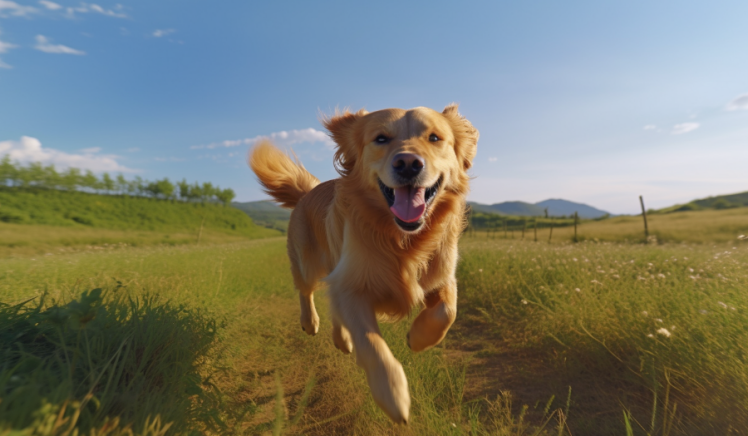
Maximizing the effectiveness of your wireless dog fence is crucial to keeping your furry friends safe and sound in your yard. Wireless dog fences offer a convenient and reliable way to set boundaries for your pets without the need for physical barriers or traditional fences. With the right technology and strategies, you can ensure that your wireless dog fence is as effective as possible in keeping your dog safely contained on your property.
Choose the right location for your transmitter
One of the most important factors in maximizing the effectiveness of a wireless dog fence is choosing the right location for the transmitter. The transmitter is the core component of the system and its location can significantly affect how well the fence works.
When choosing the location of a transmitter, you must consider factors such as the size and shape of your yard, potential interference from other electronic devices, and proximity to the boundary where you want to accommodate your dog. Ideally, the transmitter should be placed in a central location to provide a strong and consistent signal throughout your yard.
Proper training for your dog
Proper training is essential to ensure your dog understands and respects the boundaries set by a wireless dog fence. Without the right training, your dog may not be able to recognize warning signs or understand the consequences of crossing boundaries.
To maximize the effectiveness of a wireless dog fence, it's crucial to invest time and effort into training your dog. This includes teaching your dog to recognize warning signals from the fence, such as beeps or vibrations, and providing positive reinforcement when your dog remains within the boundary. Consistent and patient training will help your dog understand and respect wireless fencing, ultimately keeping them safe in your yard.
Regular maintenance and testing
To ensure that your wireless dog fence is working effectively, regular maintenance and testing is important. Over time, environmental factors, such as changes in vegetation or the presence of other electronic devices, may affect the fence's signal and performance.
Check transmitters, collars, and boundaries regularly to make sure everything is functioning properly. Additionally, regularly test the system by walking around with the collar to confirm that warning signals and corrective mechanisms are working as expected.
Supplementary physical boundaries
While a wireless dog fence is an effective way to keep your dog contained in your yard, it's also smart to supplement it with a physical boundary, such as a traditional fence or gate. Physical barriers can provide extra security and help prevent your dog from escaping in the event of a malfunction or other unforeseen circumstances.
By combining a wireless dog fence with a physical barrier, you can create a comprehensive and safe containment system for your pet. This approach maximizes the effectiveness of the wireless fence and gives pet owners greater peace of mind.
All in all, maximizing the effectiveness of your wireless dog fence is crucial to keeping your dog safe in your yard. By choosing the right location for the transmitter, providing your dog with proper training, regular maintenance and testing, and supplementing with physical boundaries, you can ensure that your wireless dog fence works as efficiently as possible. With these strategies, you can feel free to let your dog enjoy the freedom of your yard while knowing they are safely contained within the boundaries you have set.
Post time: Feb-26-2024









